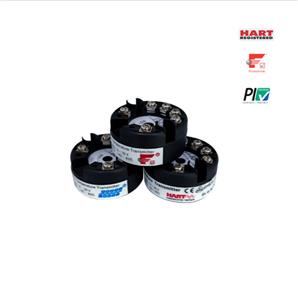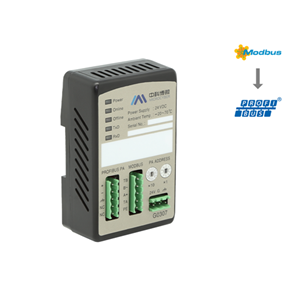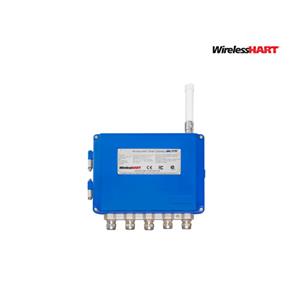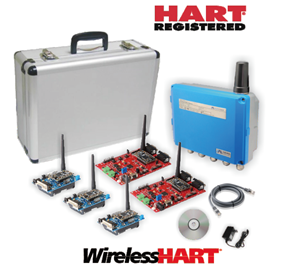Temperature transmitter function
It is a device that converts physical measurement signals or ordinary electrical signals into standard electrical signal output or can be output by communication protocol. A temperature transmitter is an instrument that converts a temperature variable into a transmittable standardized output signal, and is mainly used for the measurement and control of industrial process temperature parameters. The current transmitter converts the AC current of the main circuit under test into a standard signal of constant current loop, and sends it to the receiving device continuously.
The temperature current transmitter converts the signal of the temperature sensor into a current signal and connects it to the secondary instrument to display the corresponding temperature. For example, the model of the temperature sensor in the picture is PT100, then the function of the temperature current transmitter is to convert the resistance signal into a current signal, input the instrument, and display the temperature.
The role of temperature transmitter in temperature measurement
The millivolt signal of the thermocouple and the resistance change signal of the thermal resistance are converted into a unified current signal by the temperature transmitter, which is input into the display and recording instrument, which can be used as automatic temperature detection and input into the regulator. An automatic adjustment system is formed to automatically adjust the temperature. After conversion and input into the electronic computer, it can carry out temperature circuit detection, computer control and so on.
Temperature transmitter amplification
Sensors and transmitters play a pivotal role in instrumentation and industrial automation. Unlike sensors, transmitters generally have a certain amplification effect in addition to converting non-electricity into measurable electricity.
Thermocouple temperature transmitter is generally composed of reference source, cold junction compensation, amplification unit, linearization processing, V/I conversion, broken couple processing, reverse connection protection, current limiting protection and other circuit units. It is to amplify the thermoelectric potential generated by the thermocouple through the cold junction compensation, and then use the linear circuit to eliminate the nonlinear error between the thermoelectric potential and the temperature, and finally amplify and convert it into a 4-20 mA current output signal.
Thermal resistance temperature transmitter is composed of reference unit, R/V conversion unit, linear circuit, reverse polarity protection, current limiting protection, V/I conversion unit, etc. After the temperature measurement thermal resistance signal is converted and amplified, the nonlinear relationship between temperature and resistance is compensated by the linear circuit, and after the V/I conversion circuit, a constant current signal of 4 to 20 mA that has a linear relationship with the measured temperature is output.
The integrated temperature transmitter is generally composed of a temperature probe (thermocouple or thermal resistance sensor) and a two-wire solid electronic unit. The temperature measuring probe is directly installed in the junction box in the form of a solid module, thereby forming an integrated transmitter. Integrated temperature transmitters are generally divided into two types: thermal resistance and thermocouple.




